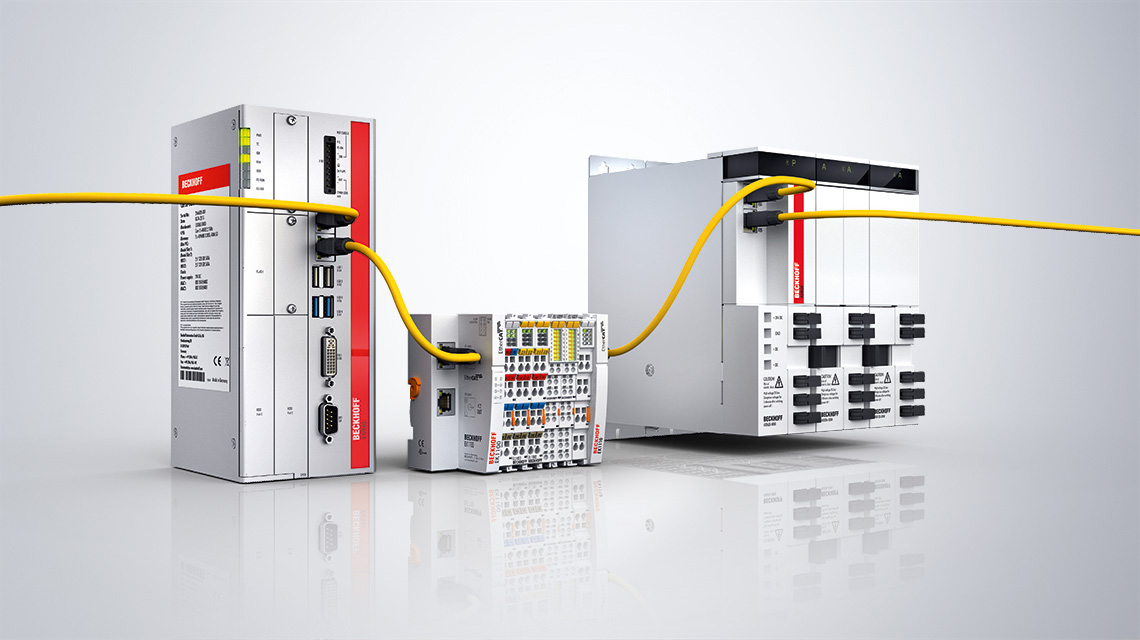Posted on 25th Apr 2024

In the realm of industrial automation and control, Variable Frequency Drives (VFDs) play a crucial role in regulating the speed and torque of electric motors. By varying the frequency and voltage supplied to the motor, VFDs enable precise control over its operation, offering numerous benefits such as energy savings, improved process control, and extended equipment lifespan. However, harnessing the full potential of Darwin Motion VFDs requires a deep understanding of their parameter settings.
VFDs come with a plethora of parameters that govern various aspects of motor operation, including speed, acceleration, deceleration, voltage, current, and protection features. These parameters are adjustable values that can be fine-tuned to meet specific application requirements. While the default settings may work for general purposes, optimizing the parameters according to the unique characteristics of the motor and the application can significantly enhance performance and efficiency.
Motor Data: Inputting accurate motor data such as rated voltage, rated current, rated frequency, and motor type is essential for the ac drive to operate efficiently. Incorrect motor data can lead to erratic behavior and potential damage to the motor.
Speed Control Parameters: Parameters like maximum frequency, minimum frequency, acceleration time, and deceleration time dictate the speed control capabilities of the VFD. Adjusting these parameters allows precise control over the motor speed, ensuring smooth operation and reducing wear and tear.
Voltage and Current Limits: Setting voltage and current limits protects the motor from overvoltage and overcurrent conditions, preventing damage due to excessive stress. These limits should be configured based on the motor's specifications and the requirements of the application.
Control Modes: VFDs offer various control modes such as V/F (Voltage/Frequency) control, vector control, and sensorless vector control. Choosing the appropriate control mode depends on factors like the type of load, desired performance, and level of motor protection required.
Protection Parameters: VFDs incorporate several protection features to safeguard the motor and drive against faults such as overcurrent, overvoltage, undervoltage, overtemperature, and short circuit. Configuring these parameters ensures reliable operation and prevents costly downtime due to equipment failures.
Consult Manufacturer Documentation: The manufacturer's manual provides detailed information about each parameter and its recommended settings for different applications. Always refer to the documentation for guidance on parameter configuration.
Start with Default Settings: Begin with the default settings provided by the manufacturer and make incremental adjustments based on performance requirements and feedback from testing.
Test and Iterate: After configuring the parameters, conduct thorough testing to evaluate the performance of the VFD and motor under various operating conditions. Fine-tune the settings as needed to achieve optimal results.
Document Changes: Keep a record of all parameter changes made during the setup process. This documentation serves as a reference for future troubleshooting and maintenance tasks.
Regular Maintenance: Periodically review and recalibrate the parameter settings to ensure continued optimal performance and reliability of the VFD system.
Mastering VFD drive parameter settings is essential for maximizing the efficiency, performance, and lifespan of electric motor-driven systems. By understanding the function and significance of each parameter, engineers and technicians can fine-tune VFDs to meet the specific requirements of diverse applications while ensuring reliable and safe operation. With proper parameter configuration, VFDs empower industries to achieve greater productivity, energy savings, and operational excellence.